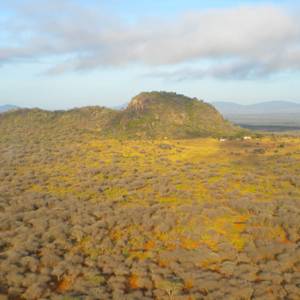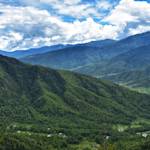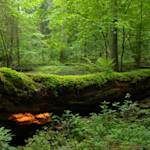Gran Chaco
2023 CE • Argentina, Paraguay and Bolivia
"More than twice as big as the state of California, the Gran Chaco contains South America’s second-largest forest, behind only the Amazon rainforest. It is one of the continent’s last frontiers, and it’s threatened by agricultural development, largely to produce beef and soy. From dry thorn forests and cactus stands to palm savannas that flood in the wet season, the Gran Chaco has diverse landscapes and wildlife to match, including: 3,400 species of plants, 500 species of bird, 150 species of mammals, [and] 220 species of reptiles and amphibians. The Chaco woodlands have been gradually replaced with cropland and ranches over the past several decades, but it’s disappearing even faster in recent years. From 2010 to 2012, for example, Argentina, Paraguay and Bolivia—the three countries that share most of the Chaco—lost native vegetation at an average rate of more than an acre per minute. By 2030, the Gran Chaco is projected to lose millions of additional acres of native vegetation."
"Places: Gran Chaco," World Wildlife Fund.
Image: DanielGuzmanDuchen, CC BY-SA 4.0, via Wikimedia Commons


Learn about Maya Lin’s fifth and final memorial: a multi-platform science based artwork that presents an ecological history of our world - past, present, and future.

Discover ecological histories and stories of former abundance, loss, and recovery on the map of memory.

Learn how we can reduce our emissions and protect and restore species and habitats – around the world.

See how art can help us rethink the problems we face, and give us hope that each one of us can make a difference.

Help make a global memorial something personal and close to home. Share your stories of the natural world.


